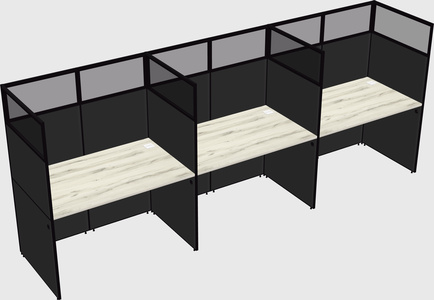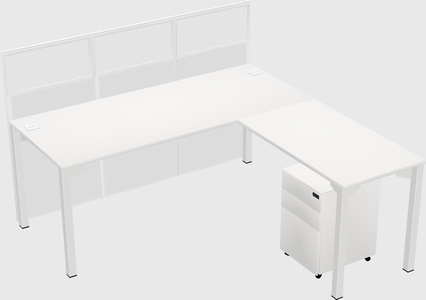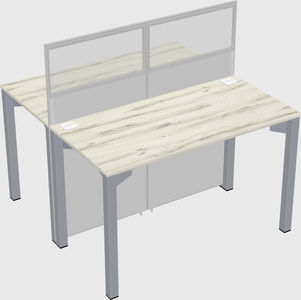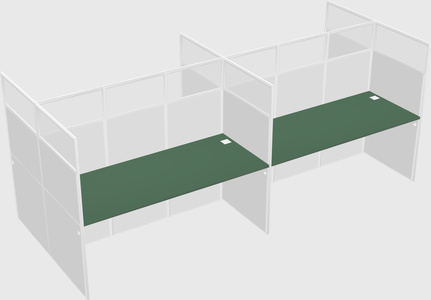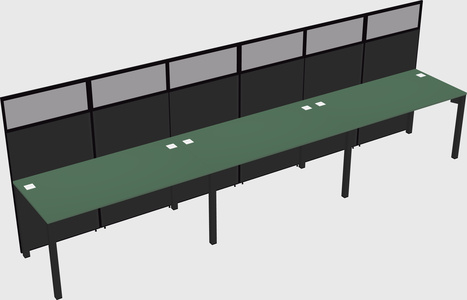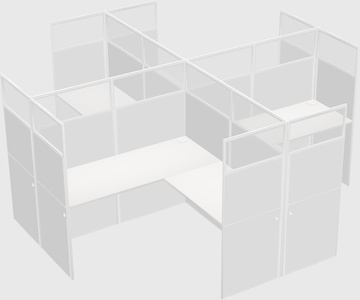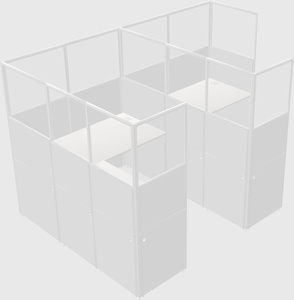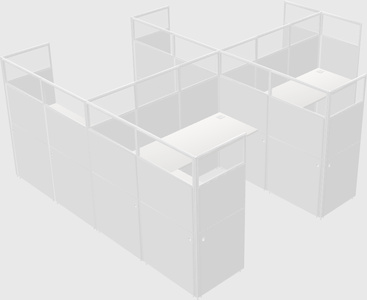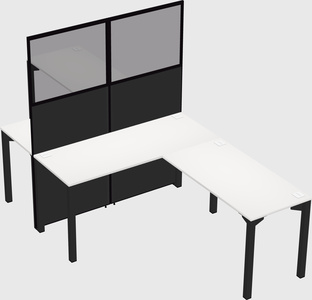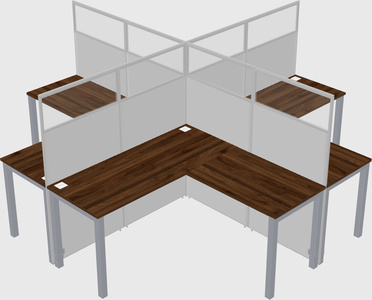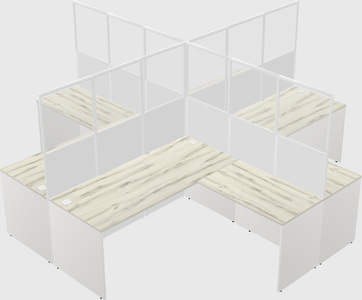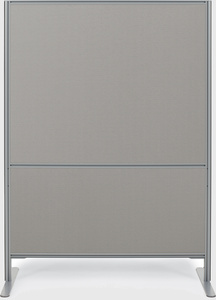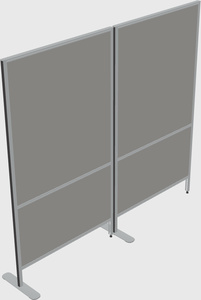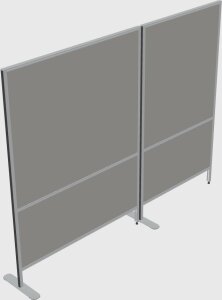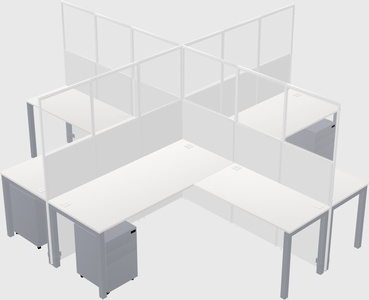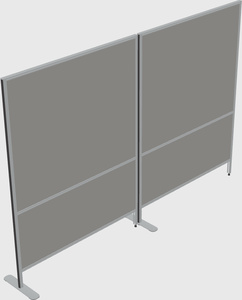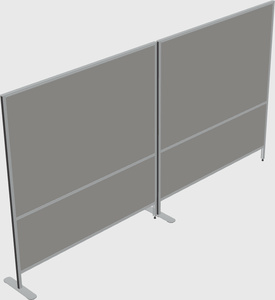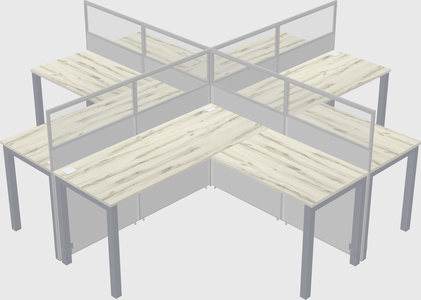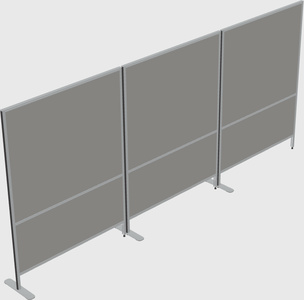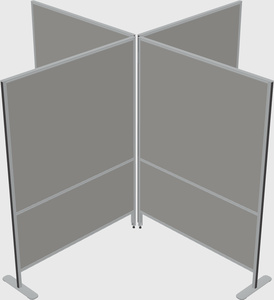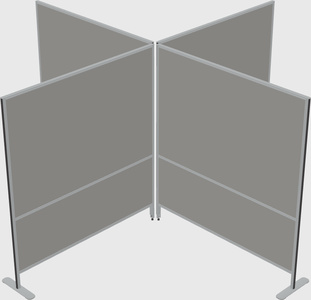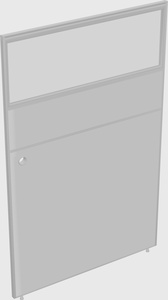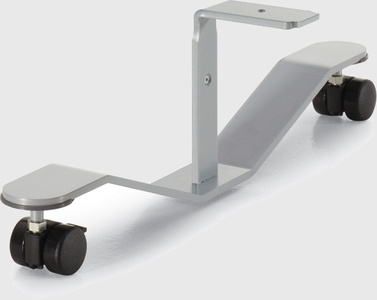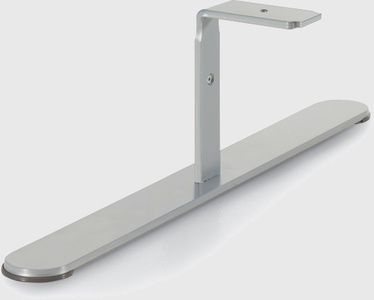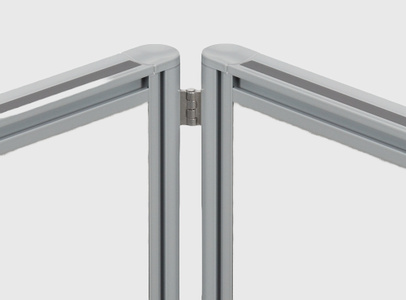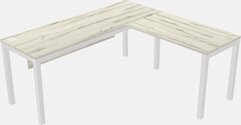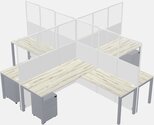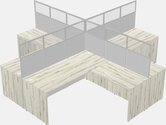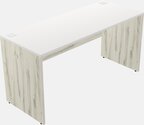Workstation cubicle
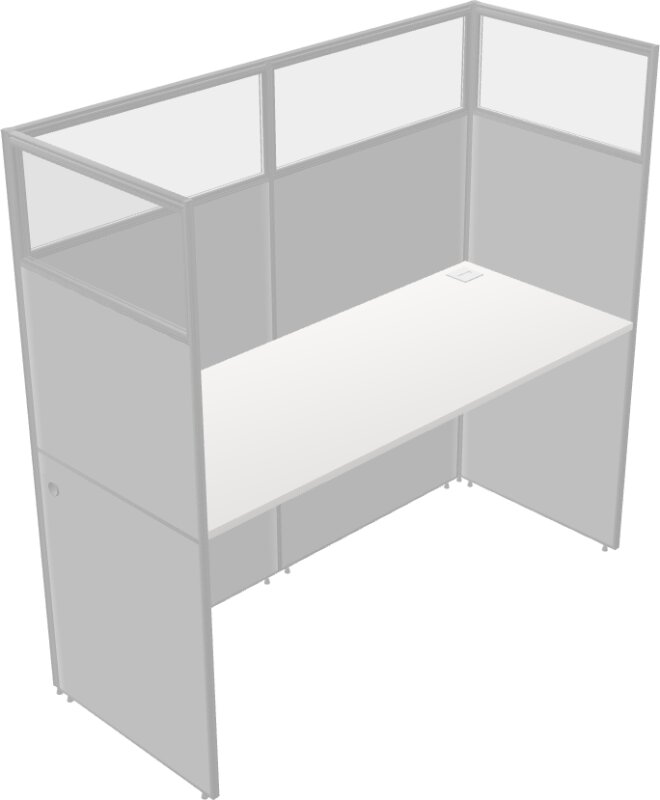 Discover the latest trends in workstation cubicles with our cutting-edge guide. transform your office space into a modern, stylish, and productive environment. stay ahead of the curve with our trendsetting designs and ideas.
Discover the latest trends in workstation cubicles with our cutting-edge guide. transform your office space into a modern, stylish, and productive environment. stay ahead of the curve with our trendsetting designs and ideas.
Transforming Workspaces: The Evolution of the Workstation Cubicle
In the ever-evolving landscape of office design, the workstation cubicle has stood the test of time, adapting and transforming to meet the changing needs of the modern workforce. Once seen as the epitome of corporate monotony, the cubicle has undergone a profound metamorphosis, emerging as a symbol of efficiency, personalization, and collaboration in the contemporary workspace.
The Genesis of the Cubicle
The inception of the cubicle dates back to the 1960s, conceived as a solution to the open bullpens of desks that dominated offices, which were noisy and offered little privacy. The original intention behind the cubicle was noble: to provide workers with their own personal space while still facilitating a level of openness for collaboration and communication. This balance between privacy and accessibility has been the guiding principle behind the evolution of the cubicle.
The Modern Workstation Cubicle: A Hub of Productivity and Personalization
Today's workstation cubicles are a far cry from the uniform, boxy structures of the past. They are designed with the modern employee in mind, incorporating elements that cater to both the functional needs and the well-being of users. Here are some key features that define the modern cubicle:
- Ergonomics: Adjustable desks and chairs, monitor arms, and keyboard trays ensure that the workstation can be customized to suit the physical needs of each employee, reducing the risk of strain and injury.
- Acoustic Privacy: High-quality materials and design innovations help to dampen noise, allowing for better concentration and productivity.
- Flexibility: Modular components allow for easy reconfiguration of workspaces to accommodate changing team sizes and collaboration needs.
- Aesthetic Appeal: Modern cubicles come in a variety of colors, materials, and designs, enabling companies to create a workspace that reflects their brand identity and culture.
Creating Collaborative Spaces
One of the most significant shifts in the design of workstation cubicles is the emphasis on collaboration. The modern office values teamwork and the exchange of ideas, and cubicle design has evolved to support this. Lower walls, communal areas, and integrated technology facilitate communication and collaboration, transforming the cubicle from an isolated workstation into a node in a dynamic network of productivity.
The Future of Workstation Cubicles
As we look to the future, the workstation cubicle will continue to evolve in response to technological advancements and changing work practices. The rise of remote work and the need for flexible office spaces may redefine the cubicle even further, perhaps into a more fluid and adaptable form. However, the core principles of privacy, personalization, and collaboration will remain central to its design, ensuring that the cubicle will continue to be an essential element of the modern workspace.
Conclusion
The workstation cubicle, once a symbol of corporate uniformity, has transformed into a testament to the adaptability and resilience of office design. It reflects the changing values of the workplace: from individual productivity to collaborative innovation, from rigid structures to flexible spaces that promote well-being and creativity. As we move forward, the cubicle stands ready to adapt, proving that even in the face of change, it remains an enduring symbol of the modern office.

